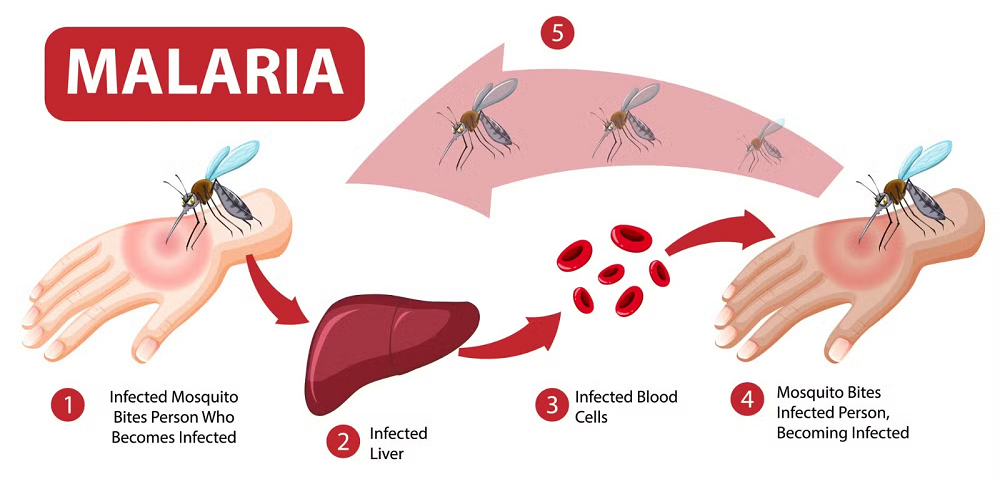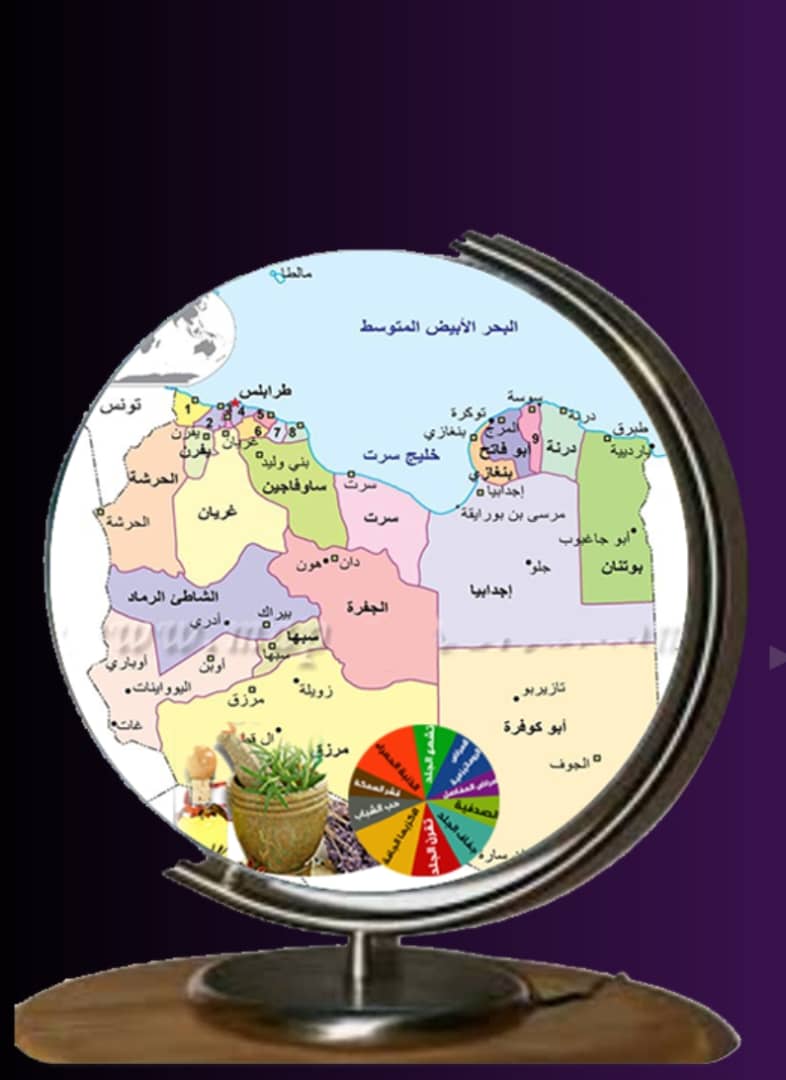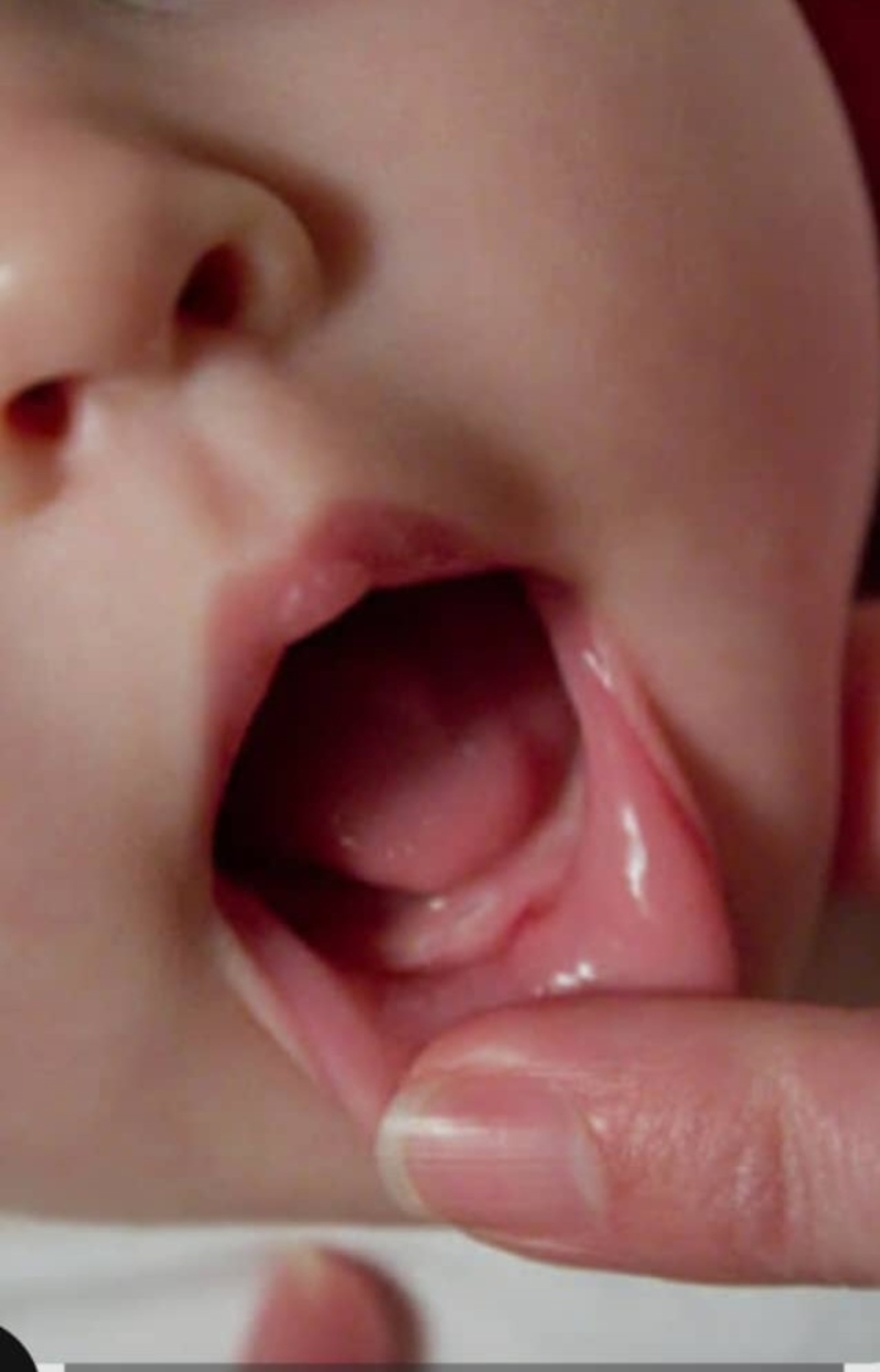malaria - symptoms and prevention

Malaria is a serious parasitic disease transmitted to humans through the bite of an infected female Anopheles mosquito carrying the Plasmodium
parasite. It attacks the red blood cells, causing periodic episodes of fever, chills, and sweating. Symptoms usually appear between 10 and 28 days after infection but may be delayed longer in some cases.
Symptoms of Malaria
Common symptoms include:
High fever and recurring chills
Heavy sweating following fever episodes
Headache, nausea, vomiting, and diarrhea
Muscle and joint pain with severe fatigue
Pale or yellowish skin (jaundice) due to anemia from red blood cell destruction
In severe cases, malaria can lead to convulsions, confusion, coma, kidney or liver failure, and breathing difficulties — signs of cerebral malaria
Prevention of Malaria
Preventive measures include:
Sleeping under insecticide-treated mosquito nets
Applying insect repellent to exposed skin and wearing long clothing
Avoiding stagnant water areas where mosquitoes breed
Spraying insecticides inside and around homes
Taking preventive medications such as chloroquine or atovaquone-proguanil before traveling to endemic areas as recommended by a physician
Seeking medical attention immediately if fever develops after returning from an affected area.
Consistent prevention and early treatment significantly reduce infection rates and complications, especially in tropical and subtropical regions where malaria is prevalent.















